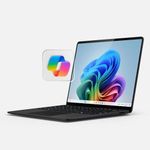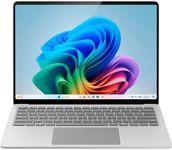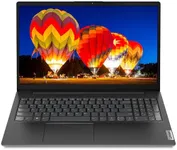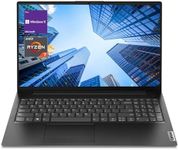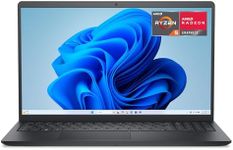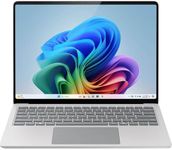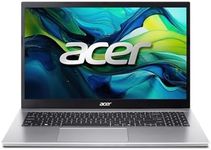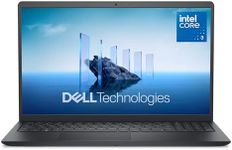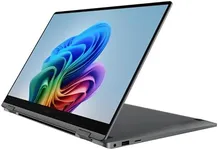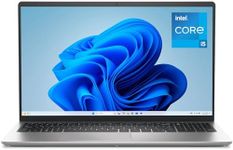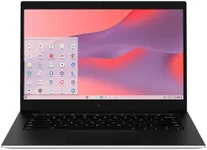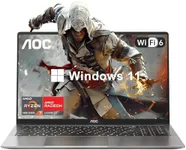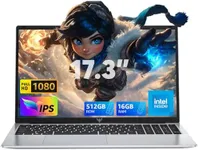Buying Guide for the Best Budget Laptops
Choosing the right budget laptop can be a bit overwhelming, but breaking your decision down into key parts will help you find a great fit for your needs. Start by thinking about what you plan to use the laptop for—study, work, web browsing, streaming, or light gaming. Then, pay attention to the most important features and figure out which moments matter most for what you’re planning to do. Always balance your expectations; a budget laptop might not do everything at top speed, but you can absolutely find something reliable with the right mix of features.Processor (CPU)The processor, or CPU, is like the brain of your laptop—it handles all the tasks and makes everything run. For casual tasks like browsing or watching videos, a basic processor will do the job, but if you want to run more programs at once or need extra speed for heavier applications, a more powerful one is better. Entry-level laptops usually have CPUs that are marketed for efficiency rather than raw speed, but you can generally tell how fast it is by looking at the number and type of cores. For just schoolwork or browsing, a basic dual-core processor is enough; for a bit more speed and multitasking, aim for a quad-core processor. If you often work with images or need to multitask with lots of tabs and tools, go for the best CPU you can find within the budget range.
RAM (Memory)RAM gives your laptop space to keep things running smoothly in the background. The more RAM you have, the more applications and browser tabs your laptop can handle at once without slowing down. Budget laptops generally come with between 4GB and 8GB of RAM. 4GB is suitable for light usage such as emails, streaming, and editing documents. If you want to do more, like light photo editing, use lots of tabs, or keep multiple programs running, 8GB is a better choice. Think about how much multitasking you do when making your choice.
Storage (HDD or SSD)Storage refers to how much data—like pictures, videos, and applications—your laptop can keep. There are two main kinds: HDD (hard drives) and SSD (solid-state drives). SSDs are much faster, helping your laptop start and load programs quickly, even if they often offer less space than traditional HDDs in budget models. If you want quick start-up times and don’t plan to store tons of big files, go for an SSD (even 128GB can be enough for basic users). If you store a lot of videos, photos, or games, you might need a larger drive, even if it’s an older HDD. Choose based on whether speed or storage size is more important to you.
DisplayThe display is what you’ll look at all day, so it’s worth paying attention to. On budget laptops, screen size usually ranges from 11 to 15 inches. A smaller display means a lighter, more portable machine but less space for multitasking or watching movies. Larger screens are better for watching content or working with documents side-by-side, but they’ll be heavier. Screen quality (resolution and brightness) matters too—Higher resolution means sharper images; for basic needs, HD (1366x768) is fine, but Full HD (1920x1080) offers better clarity for productivity and streaming. Pick a screen size and resolution that fits how often you’ll carry your laptop and the kind of tasks you do most.
Battery LifeBattery life tells you how long your laptop can run without needing to be plugged in. This matters a lot if you’ll use your laptop away from home or a charging spot, like in school or cafes. On budget laptops, battery life can range from a few hours up to a full day. If mobility is important and you’ll be on the go often, look for laptops that advertise 6 hours or more of battery life. If your laptop’s mostly going to stay on a desk, this is less of a worry.
Build Quality & PortabilityBuild quality affects how well the laptop stands up to everyday use and travel. Budget models often use simple plastic designs, but some have reinforced seams or water-resistant features. If portability (carrying your laptop around a lot) is key, pay attention to weight (lighter is better) and thickness. If your laptop will mostly stay in one spot, you might care less about this and more about a solid, comfortable keyboard or larger touchpad.
Ports and ConnectivityThe kinds and number of ports matter if you need to plug in extra things like USB drives, headphones, or external displays. Most budget laptops have a few USB ports and headphone jacks, but not always extras like HDMI or SD card slots. Consider what devices you use most—if you often connect to a TV or projector, for example, make sure your laptop has the required port.
